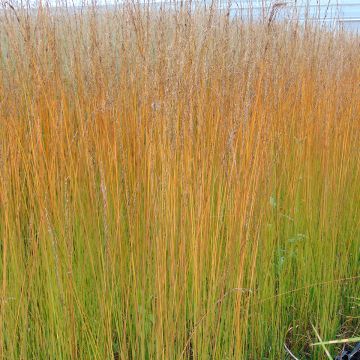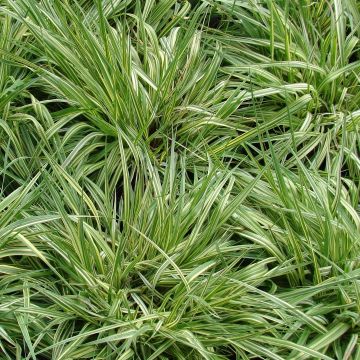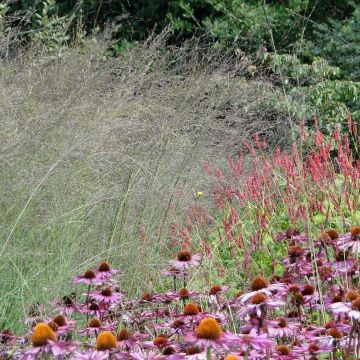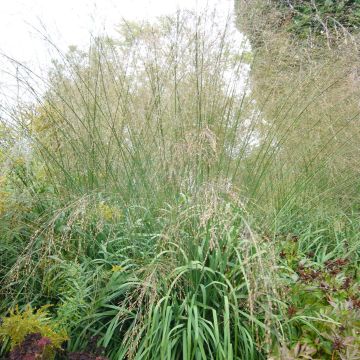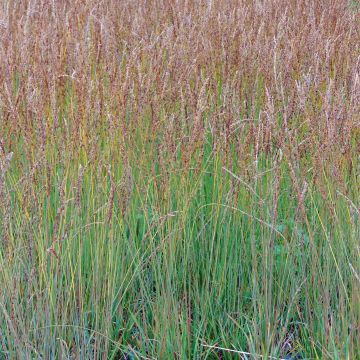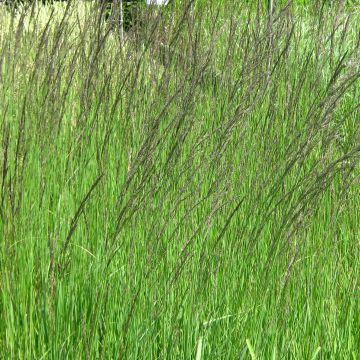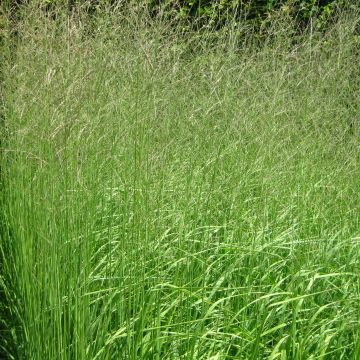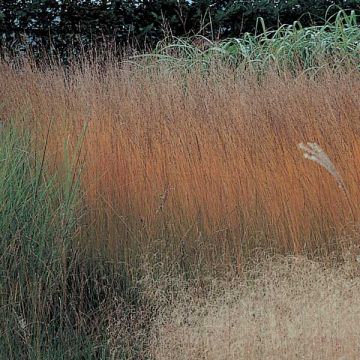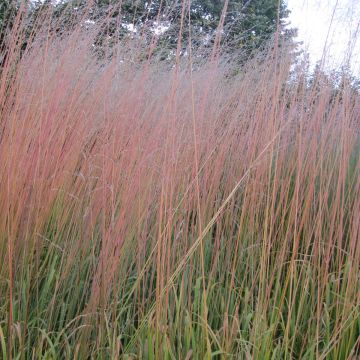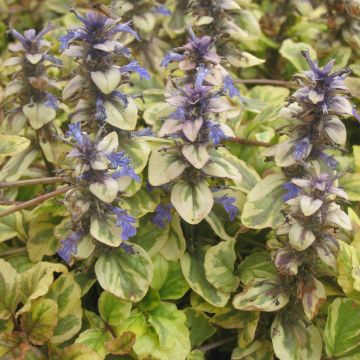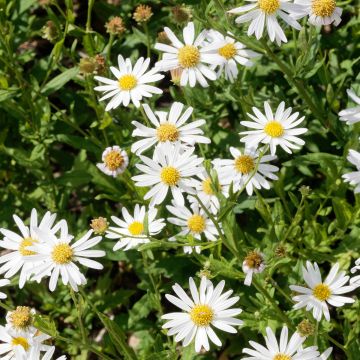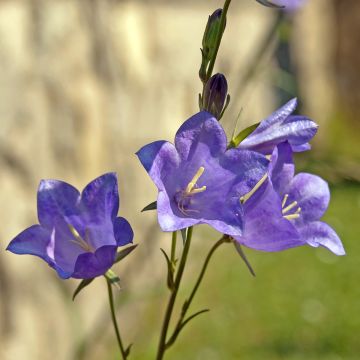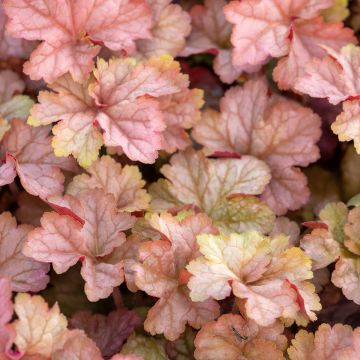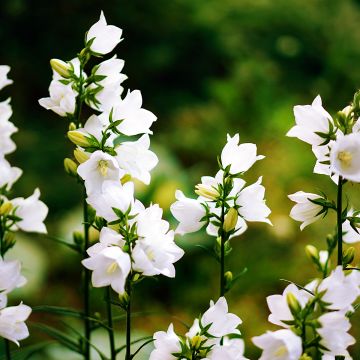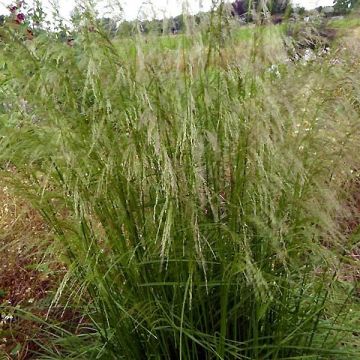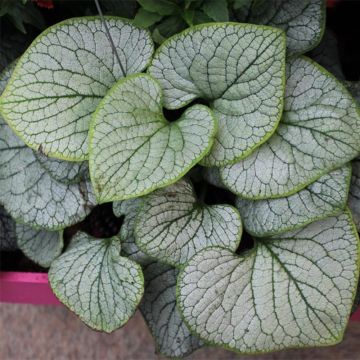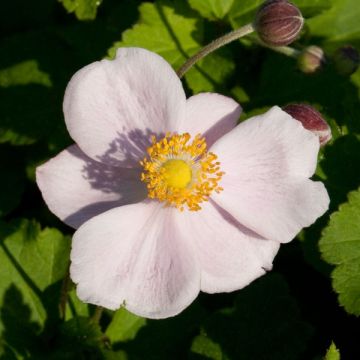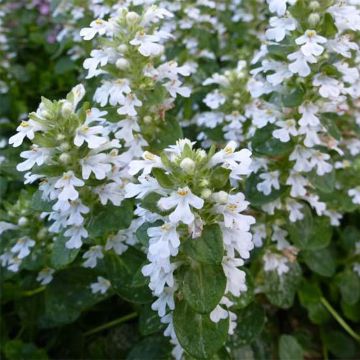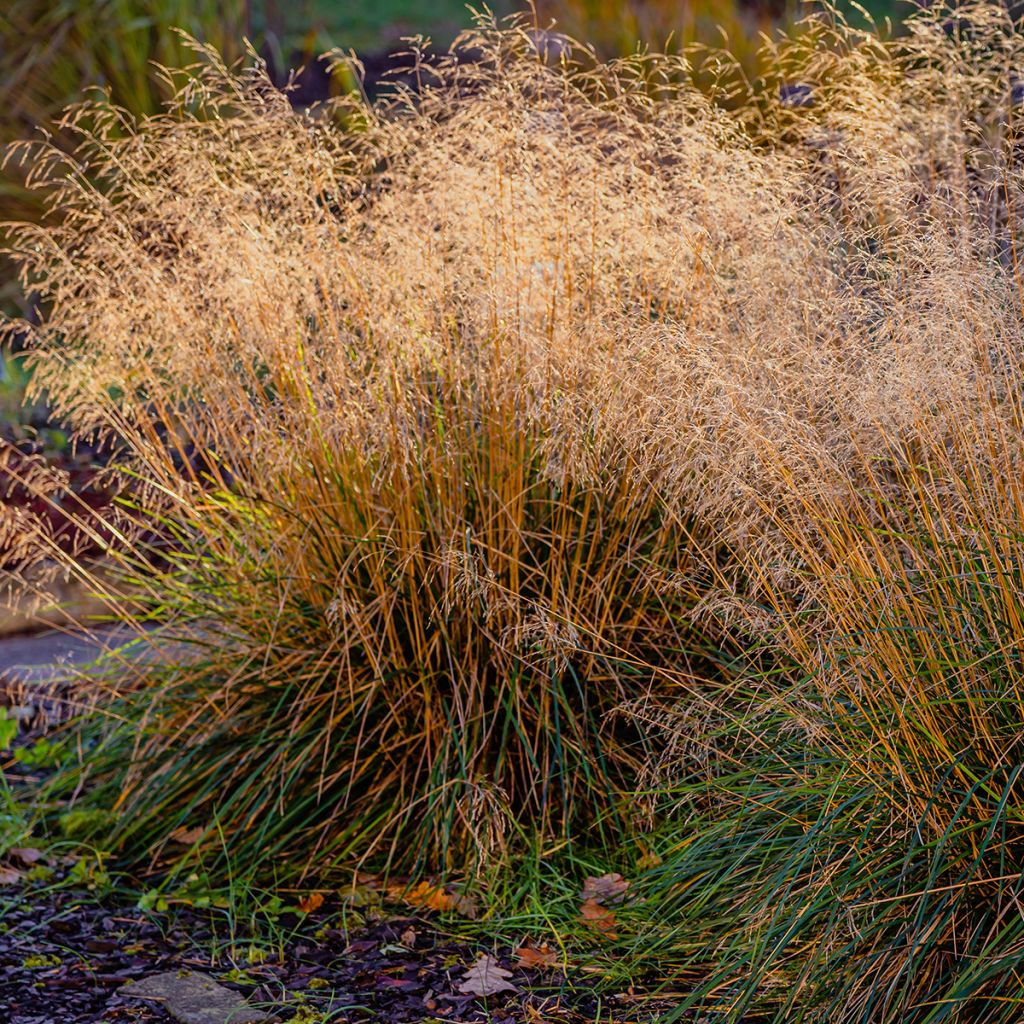

Molinia caerulea Moorflamme - Molinie bleue
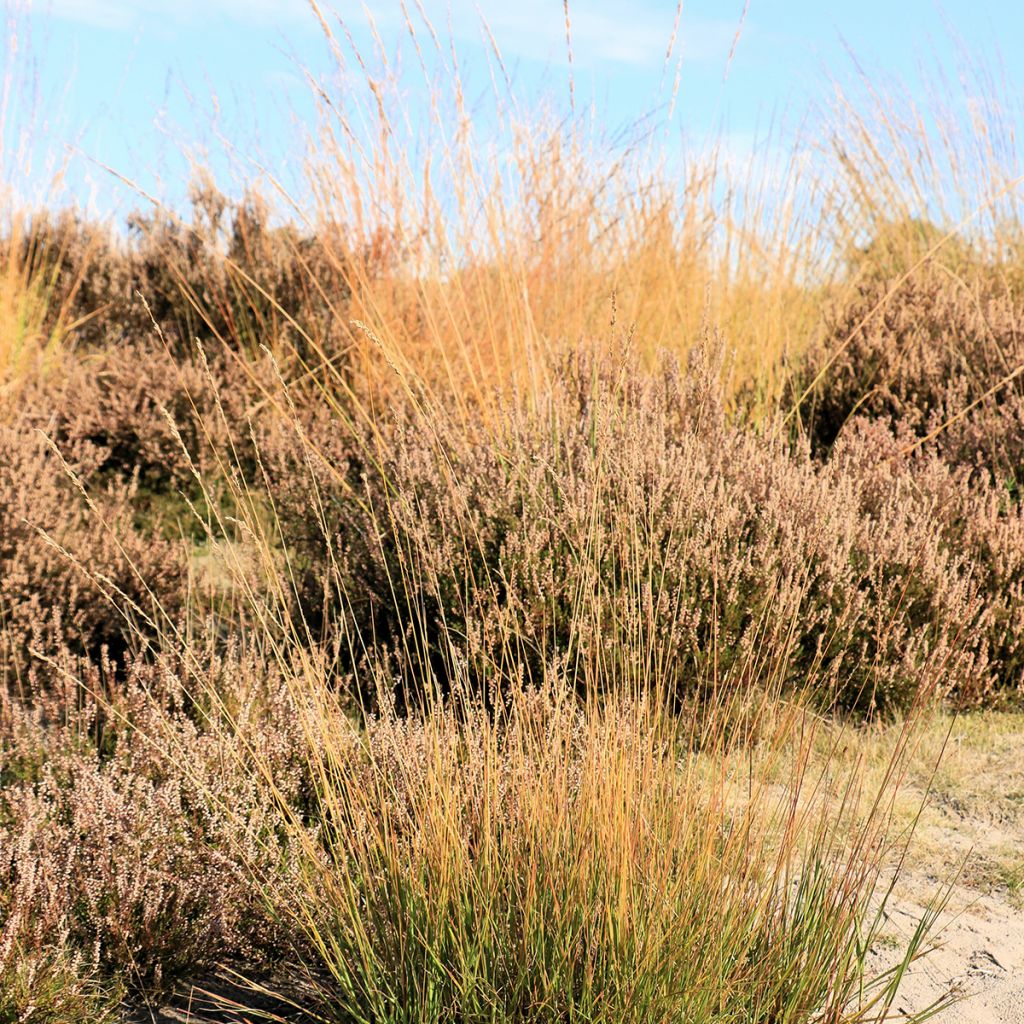

Molinia caerulea Moorflamme - Molinie bleue
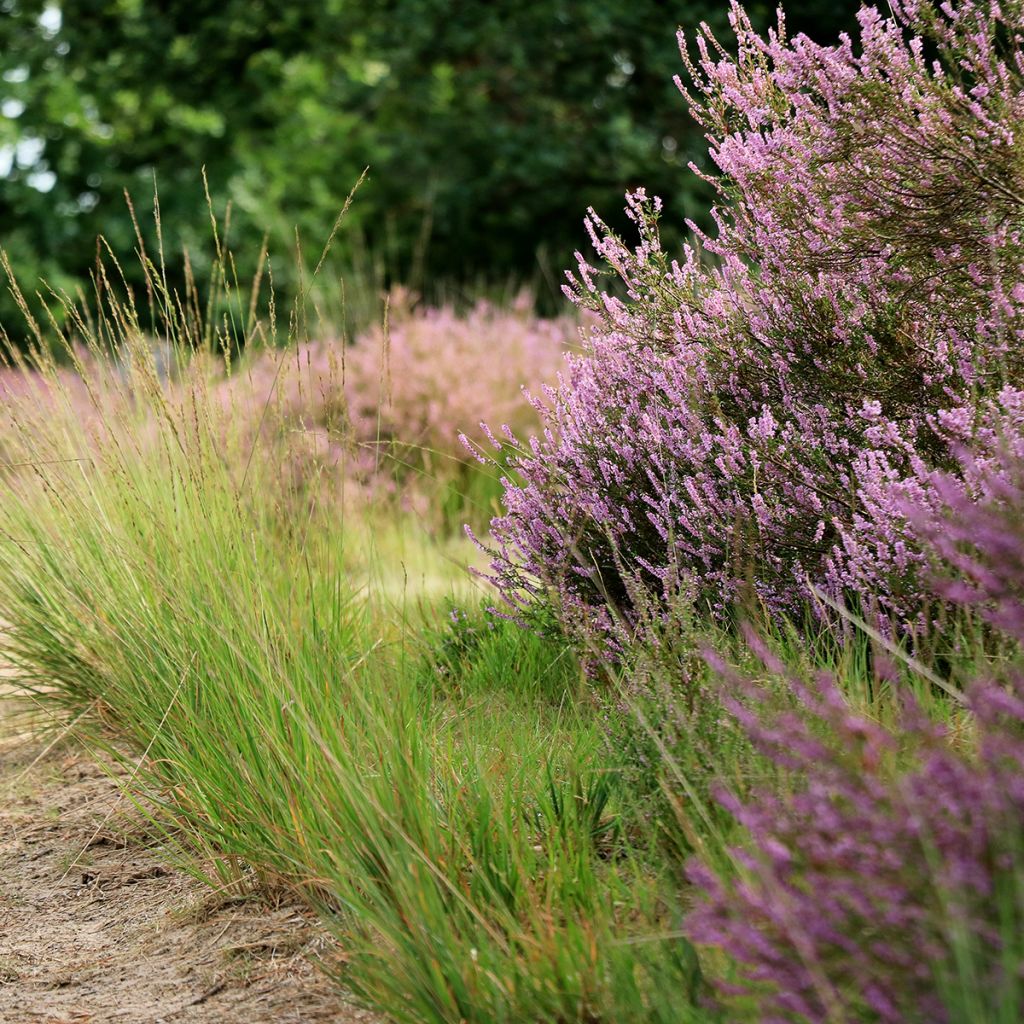

Molinia caerulea Moorflamme - Molinie bleue
Molinia caerulea Moorflamme - Purple Moor-grass
Molinia caerulea Moorflamme
Purple Moor-grass, Moor Grass
This plant carries a 12 months recovery warranty
More information
We guarantee the quality of our plants for a full growing cycle, and will replace at our expense any plant that fails to recover under normal climatic and planting conditions.
From €5.90 for pickup delivery and €6.90 for home delivery
Express home delivery from €8.90.
Does this plant fit my garden?
Set up your Plantfit profile →
Description
Molinia caerulea 'Moorflamme' is a variety of Purple Moor grass that is attractive, with a very dense habit and remarkable autumn colours. It is a charming, simple and robust perennial grass. The plant forms an erect, swaying column with fine foliage, flowering with fine, dark spikelets between July and October. It adapts to sunny locations and can tolerate dry or waterlogged soils, even clay, but not limestone. Its beautiful structure enhances the garden even in winter.
Native to Northern Europe, Southwest Asia, and the North, through Siberia, Turkey, and the Caucasus, Molinia caerulea belongs to the Poaceae family. This grass has a thick, fibrous, and tenacious crown. It owes its species name to the blue highlights that characterize its foliage. 'Moorflamme' is a horticultural selection with more foliage and more colourful autumn hues. This perennial forms a slightly stiff but graceful bundle of foliage 45 to 50 cm (18 to 20in) high, 90 cm (35in) in bloom, with a spread of 40-45 cm (16-18in). It bears slender, flat, light bluish-green leaves in summer, turning orange and mixed with purple in autumn, a deeper brown in winter. In summer, tall, sturdy stems rise above the foliage, carrying panicles of fluffy, dark purple spikelets that hug the stems and remain interesting over winter. At maturity, the stems turn violet, and the spikelets dry well before winter. Growth starts late in spring.
Moorflamme Molinia is a sculptural 'grass' with a harmonious but distinct architecture. Plant en masse for a beautiful effect in a natural garden, or as a small hedge in a contemporary or rural garden. This grass withstands occasional drought well, allowing it to be featured in rockeries, alongside cotton lavenders for example. It will also flourish near water features, where it will help to stabilise the banks, alongside other grasses, plume poppies, willowherbs, or sedges.
The swollen base of the stems is used for pipe cleaners and toothpicks. In the wild, molinias are hosts to ergot, a cryptogamic disease of cereals which can cause serious neurological disorders due to the hallucinogenic alkaloids it contains. The only cereals not affected are maize and sorghum.
Report an error about the product description
Molinia caerulea Moorflamme - Purple Moor-grass in pictures
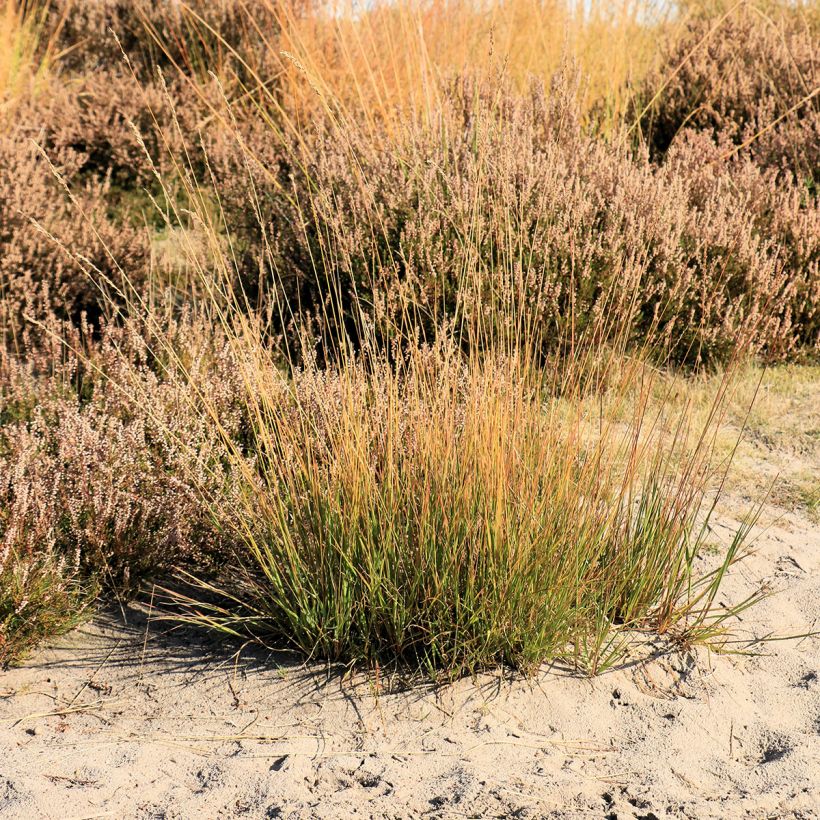

Flowering
Foliage
Plant habit
Botanical data
Molinia
caerulea
Moorflamme
Poaceae
Purple Moor-grass, Moor Grass
Cultivar or hybrid
Other Molinia
Planting and care
Molinia caerulea Moorflamme adapts to all types of soil, as long as they are not more than slightly chalky. It prefers soils which are moist in summer, but tolerates moderate periods of drought well, and waterlogged soils during the growing season. This makes it an easy grass to grow. Plant it in a sunny position, or partial shade in regions with very hot summers. Water abundantly at planting, and avoid frost periods. Avoid excessive fertiliser. Remove damaged foliage during the growing season and cut back the clump in late winter, just before the start of vegetation.
Planting period
Intended location
Care
This item has not been reviewed yet - be the first to leave a review about it.
Foolproof perennials
Haven't found what you were looking for?
Hardiness is the lowest winter temperature a plant can endure without suffering serious damage or even dying. However, hardiness is affected by location (a sheltered area, such as a patio), protection (winter cover) and soil type (hardiness is improved by well-drained soil).

Photo Sharing Terms & Conditions
In order to encourage gardeners to interact and share their experiences, Promesse de fleurs offers various media enabling content to be uploaded onto its Site - in particular via the ‘Photo sharing’ module.
The User agrees to refrain from:
- Posting any content that is illegal, prejudicial, insulting, racist, inciteful to hatred, revisionist, contrary to public decency, that infringes on privacy or on the privacy rights of third parties, in particular the publicity rights of persons and goods, intellectual property rights, or the right to privacy.
- Submitting content on behalf of a third party;
- Impersonate the identity of a third party and/or publish any personal information about a third party;
In general, the User undertakes to refrain from any unethical behaviour.
All Content (in particular text, comments, files, images, photos, videos, creative works, etc.), which may be subject to property or intellectual property rights, image or other private rights, shall remain the property of the User, subject to the limited rights granted by the terms of the licence granted by Promesse de fleurs as stated below. Users are at liberty to publish or not to publish such Content on the Site, notably via the ‘Photo Sharing’ facility, and accept that this Content shall be made public and freely accessible, notably on the Internet.
Users further acknowledge, undertake to have ,and guarantee that they hold all necessary rights and permissions to publish such material on the Site, in particular with regard to the legislation in force pertaining to any privacy, property, intellectual property, image, or contractual rights, or rights of any other nature. By publishing such Content on the Site, Users acknowledge accepting full liability as publishers of the Content within the meaning of the law, and grant Promesse de fleurs, free of charge, an inclusive, worldwide licence for the said Content for the entire duration of its publication, including all reproduction, representation, up/downloading, displaying, performing, transmission, and storage rights.
Users also grant permission for their name to be linked to the Content and accept that this link may not always be made available.
By engaging in posting material, Users consent to their Content becoming automatically accessible on the Internet, in particular on other sites and/or blogs and/or web pages of the Promesse de fleurs site, including in particular social pages and the Promesse de fleurs catalogue.
Users may secure the removal of entrusted content free of charge by issuing a simple request via our contact form.
The flowering period indicated on our website applies to countries and regions located in USDA zone 8 (France, the United Kingdom, Ireland, the Netherlands, etc.)
It will vary according to where you live:
- In zones 9 to 10 (Italy, Spain, Greece, etc.), flowering will occur about 2 to 4 weeks earlier.
- In zones 6 to 7 (Germany, Poland, Slovenia, and lower mountainous regions), flowering will be delayed by 2 to 3 weeks.
- In zone 5 (Central Europe, Scandinavia), blooming will be delayed by 3 to 5 weeks.
In temperate climates, pruning of spring-flowering shrubs (forsythia, spireas, etc.) should be done just after flowering.
Pruning of summer-flowering shrubs (Indian Lilac, Perovskia, etc.) can be done in winter or spring.
In cold regions as well as with frost-sensitive plants, avoid pruning too early when severe frosts may still occur.
The planting period indicated on our website applies to countries and regions located in USDA zone 8 (France, United Kingdom, Ireland, Netherlands).
It will vary according to where you live:
- In Mediterranean zones (Marseille, Madrid, Milan, etc.), autumn and winter are the best planting periods.
- In continental zones (Strasbourg, Munich, Vienna, etc.), delay planting by 2 to 3 weeks in spring and bring it forward by 2 to 4 weeks in autumn.
- In mountainous regions (the Alps, Pyrenees, Carpathians, etc.), it is best to plant in late spring (May-June) or late summer (August-September).
The harvesting period indicated on our website applies to countries and regions in USDA zone 8 (France, England, Ireland, the Netherlands).
In colder areas (Scandinavia, Poland, Austria...) fruit and vegetable harvests are likely to be delayed by 3-4 weeks.
In warmer areas (Italy, Spain, Greece, etc.), harvesting will probably take place earlier, depending on weather conditions.
The sowing periods indicated on our website apply to countries and regions within USDA Zone 8 (France, UK, Ireland, Netherlands).
In colder areas (Scandinavia, Poland, Austria...), delay any outdoor sowing by 3-4 weeks, or sow under glass.
In warmer climes (Italy, Spain, Greece, etc.), bring outdoor sowing forward by a few weeks.

































